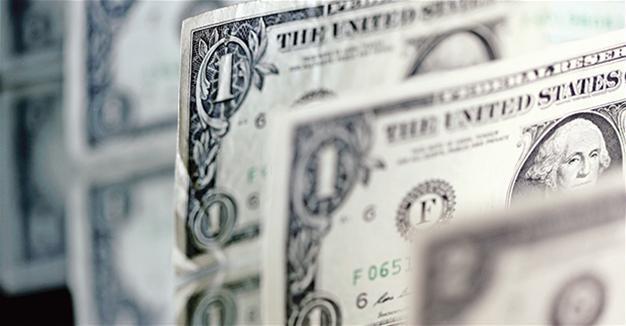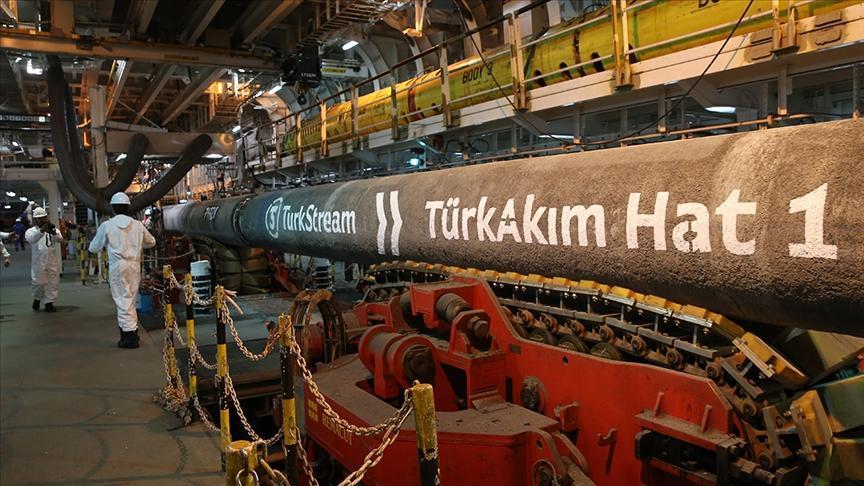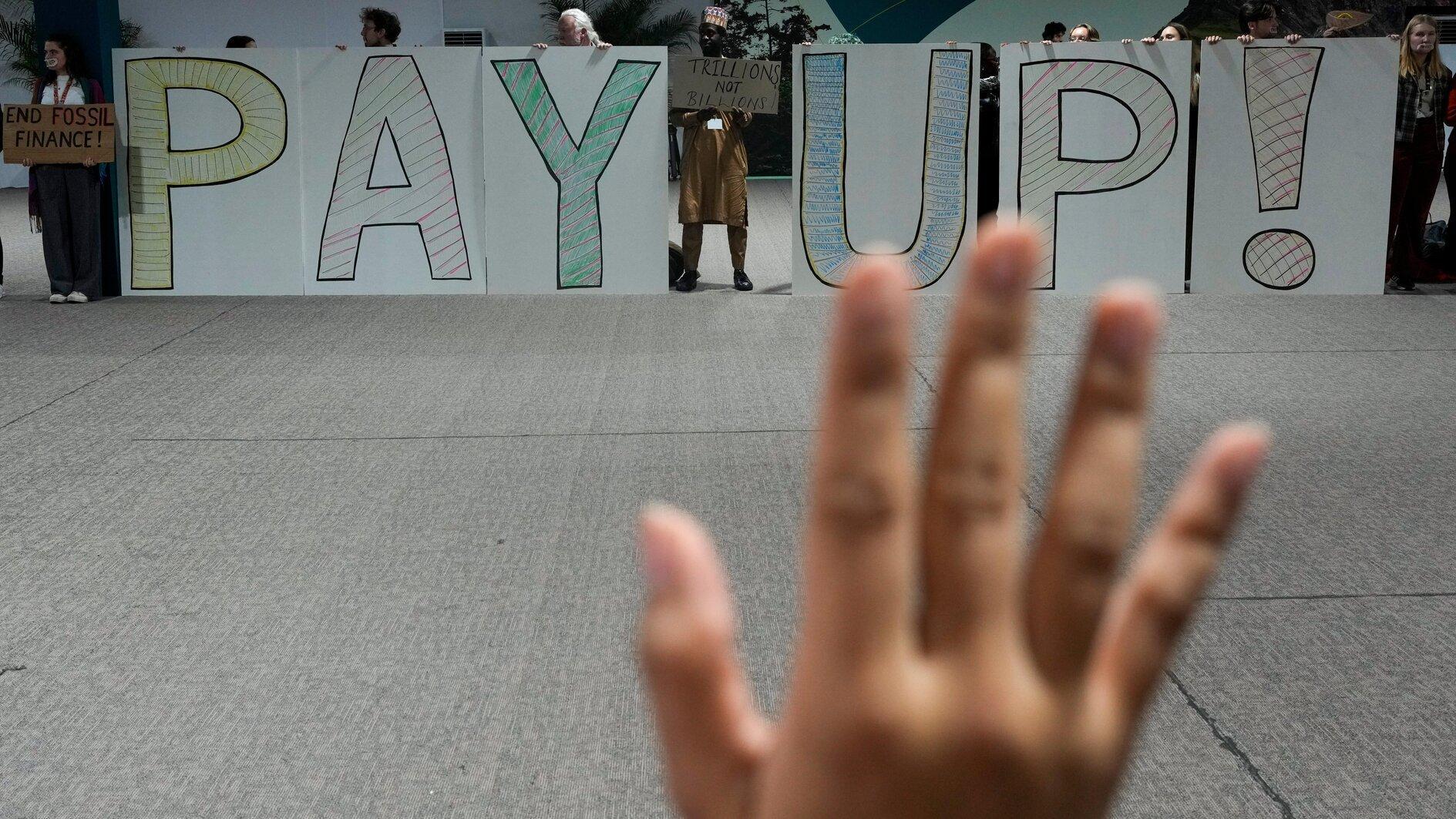Foreign investors to pour nearly $1 trillion into emerging markets in 2017: IIF
NEW YORK - Reuters
 Non-resident capital inflows to emerging markets should reach $970 billion this year, a 35 percent increase from 2016, the Institute of International Finance said in a report released on June 6.
Non-resident capital inflows to emerging markets should reach $970 billion this year, a 35 percent increase from 2016, the Institute of International Finance said in a report released on June 6.The projection follows a strong first quarter for emerging market investment that saw the strongest portfolio inflows since 2014. The IIF’s projection is $290 billion higher than its estimate just four months ago, shortly after Donald Trump took office as U.S. president and the organization listed possible American protectionism as its top threat to emerging market portfolio flow growth.
The risk of trade friction between the U.S. and Mexico and China, has waned significantly, said Hung Tran, IIF’s executive managing director, as has the risk of the U.S. Federal Reserve quickly tightening monetary policy.
“Looking back at the first five months of the year, it is clear that near-term threats of trade conflict have subsided significantly,” Tran said.
“All the threat of naming China as currency manipulators, the increase in tariffs, abandonment of NAFTA did not come to pass.”
The IIF projects non-resident inflows to increase by $252 billion this year from 2016.
Non-resident portfolio inflows are expected to rise to more than $1 trillion in 2018, IIF also said, the first time inflows have breached that level since 2014.
Capital inflows from non-residents had fallen to a 12-year low in 2015.
Despite the rebound in capital inflows from foreigners, IIF anticipates overall net capital outflows from emerging markets, led by resident capital outflows from China.
The organization expects resident capital outflows to hit $892 billion this year, a decline by $141 billion from 2016, and for outflows to reduce further in 2018.
Outflows from China alone, which leads emerging market economies in capital leaving local markets, rose to a record $725 billion last year.
“All of this moderation is due to China, which has used capital controls to clamp down on outward investment with some degree of success,” said Scott Farnham, IIF’s senior research analyst, global macroeconomics, in the report.
All told, the institute is expecting to see overall net capital outflows, which includes resident and non-residents from emerging markets, of $130 billion. It had estimated outflows from its group of 25 emerging market economies would total $490 billion this year in its February report.
The total level of capital outflows is greater than the difference between resident and non-resident flows because of forex reserves and net errors and omissions, IIF said.
















